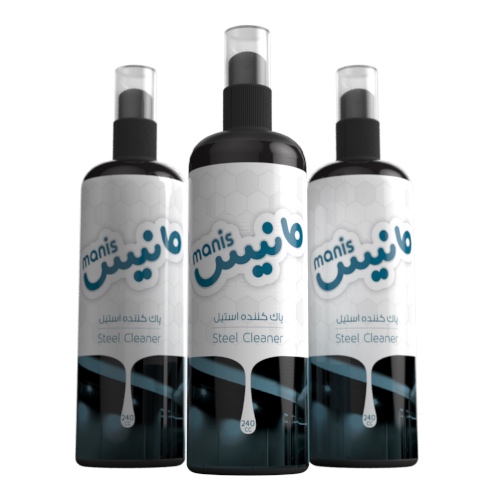
Removing fingerprints stain and water spot.
Surface brightener.
Without leaving any trace
Creates a transparent and protective layer
Anti bacterial
Where this product can be used: Household appliances and stainless kitchenware including refrigerator, dishwasher, kettle, coffee maker, cupboard etc.
Other stainless steel surfaces , including handles, fences, steel columns, elevator cabins, facades, door and window frames, heater, fireplace, counter, balconies
Stainless Steel tiles surfaces.



First of all test some drops of chemical liquid on the corner of the surface
Use soft cloth to clean along the grain.
Do not clean in circular motions
For Heavy stain repeat the procedure for several times.
Stainless steel plays an active role in improving the hygiene in restaurant, public kitchen, schools, local health centers etc. This is so especially in emerging markets such as India, Mexico, China and the likes (developing countries). One of the major features in these markets is the changing social and living habits in the urban and rural areas. The Stainless steel was invented by Harry Brearley an English scientist in 1111 . the first commercially foundry stainless steel was established in 1111 in Sheffield, England and he was eventually granted the U.S. patent for this invention.
Stainless steel is an iron-containing alloy and its anticorrosive properties are due to the formation of chromium oxide shell on the surface of the metal. This layer of oxide is formed and strengthened in the presence of oxygen.
As it is more formable than most other metals, stainless steel is a favorite material of ambitious product designers. In our surroundings we can see a wide range of decorative products is available from mirror-polished to No.4. All the decorative steel can create a beautiful combination along with other surfaces like stone and wood and because of its brightness it can provide a modern attractive appearance.
Stainless steel can withstand heat for a long time and does not warp or buckle easily. It can also retain its color for a very long time.
Resource: